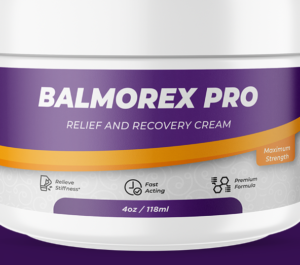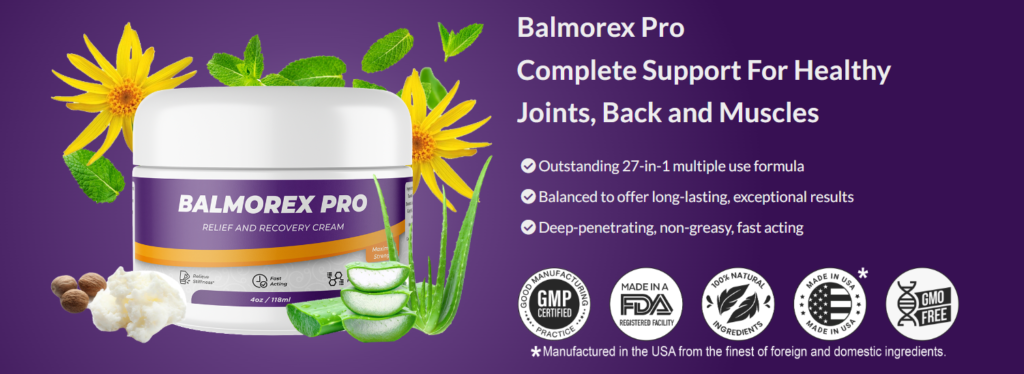Understanding the Causes of Back and Arthritis Pain
Back pain and arthritis pain are prevalent issues affecting millions of people worldwide. Understanding the underlying causes can significantly aid in preventing and managing these discomforts more effectively. One of the primary causes of back pain is poor posture. Slouching or sitting in an improper position for extended periods places undue stress on the spine, leading to discomfort and chronic pain. Similarly, the lack of regular exercise contributes to weakened muscles and joints, making them more susceptible to pain and injuries.
Improper lifting techniques are another common factor that can lead to back pain. Lifting heavy objects without using the legs and maintaining a straight back can result in strain and injury. Over time, the wear and tear of joints, particularly in the spine and knees, can cause arthritis pain. This degeneration is a natural part of aging, where the protective cartilage that cushions the joints wears down, leading to pain and stiffness.
Several risk factors can exacerbate these conditions. Age is a significant factor; as the body ages, the likelihood of developing back or arthritis pain increases. Genetics also play a crucial role, with family history often predicting susceptibility to these ailments. Pre-existing medical conditions, such as osteoporosis or previous injuries, can further heighten the risk of experiencing chronic pain.
By understanding these causes and risk factors, individuals can adopt proactive measures to mitigate back pain and arthritis pain. Simple lifestyle adjustments, such as maintaining proper posture, engaging in regular physical activity, and adhering to safe lifting practices, can make a substantial difference. Additionally, managing underlying health conditions and seeking early intervention for joint issues can help maintain joint health, ultimately leading to a higher quality of life with reduced pain.
Ergonomic Solutions and Proper Posture
Maintaining proper posture and integrating ergonomic solutions into daily life are pivotal in mitigating back pain and arthritis pain. Ergonomics, the science of designing workspaces to fit human needs, profoundly influences overall musculoskeletal health. A well-arranged ergonomic workspace can prevent strain and promote comfort, significantly contributing to the reduction of pain.
When setting up an ergonomic workspace, start with the chair. A chair with adjustable height, backrest, and armrests offers excellent support. It should allow your feet to rest flat on the floor, with knees at a 90-degree angle and thighs parallel to the ground. Proper lumbar support is essential to maintain the natural curve of the lower spine, reducing lower back pain.
Desks should be adjusted to allow your elbows to rest at a 90-degree angle when typing, helping avoid strain in the shoulders and arms. The computer monitor should be at eye level; this prevents the need to tilt your head and minimizes neck and upper back pain. A monitor stand or adjustable desk can assist in achieving this position.
Good posture is not limited to the office. When standing, distribute your weight evenly on both feet, keeping your shoulders back and your head balanced above your spine. While sleeping, use a mattress and pillows that support the spine’s natural alignment. Side sleeping with a pillow between the knees can help maintain proper alignment and reduce stress on the lower back.
Regular breaks are crucial even in the most well-designed ergonomic environments. Prolonged sitting or standing can lead to stiffness and discomfort, exacerbating arthritis pain and back pain. Aim to take a break every 30 minutes to stand, stretch, and walk around briefly.
Incorporating posture-supporting exercises into daily routines can further enhance overall musculoskeletal health. Activities such as yoga, Pilates, and core strengthening exercises help maintain flexibility and support the spine, thereby reducing back and arthritis pain.
By focusing on ergonomic solutions and proper posture, individuals can significantly alleviate pain and improve their quality of life. A thoughtfully arranged workspace and mindful posture habits can help prevent the onset of musculoskeletal issues, ensuring long-term health and comfort.
Exercise and Physical Activity Recommendations
Regular exercise and physical activity are essential in preventing and alleviating back pain and arthritis pain. Incorporating various types of exercises into your routine can significantly enhance your back strength and joint flexibility, reducing the stiffness and discomfort associated with these conditions. Stretching exercises are particularly beneficial for maintaining flexibility and range of motion. Simple routines, such as hamstring stretches and lower back stretches, can be performed daily to keep your muscles supple and prevent pain.
Strength training is another critical component of managing back and arthritis pain. By focusing on exercises that build core and back muscles, you provide better support to your spine and joints, which can alleviate pain. Exercises such as planks, bridges, and leg raises are highly effective and should be done at least two to three times a week.
Low-impact cardio activities are also crucial for overall joint health. Swimming is an excellent choice as it provides a full-body workout without putting added strain on your joints. Walking, another low-impact activity, can be easily incorporated into your daily routine. Aim for at least 30 minutes of moderate-intensity cardio exercises five days a week to keep yourself in optimal health.
Beyond specific exercises, maintaining a healthy weight is integral to reducing strain on your back and joints. Excess body weight puts additional pressure on these areas, exacerbating pain. Engaging in regular physical activities, combined with a balanced diet, can help manage your weight effectively.
In summary, a holistic exercise routine that includes stretching, strength training, and low-impact cardio activities can significantly alleviate back pain and arthritis pain. It’s essential to stay consistent with your activities and consult with a healthcare provider to tailor a fitness plan that suits your individual needs and capabilities.
Diet and Nutrition for Joint and Back Health
Nutrition profoundly influences overall health, particularly when it comes to maintaining the well-being of our joints and spine. To safeguard against back and arthritis pain, incorporating anti-inflammatory foods into the diet is crucial. These foods, rich in nutrients, can significantly alleviate inflammation, a common culprit behind such discomforts.
Fruits and vegetables are paramount in an anti-inflammatory diet. They are abundant in antioxidants and vitamins, which play a vital role in combating inflammation. Leafy greens, berries, tomatoes, and citrus fruits are especially effective. Lean proteins such as chicken, turkey, and fish provide essential amino acids without the added fat that can exacerbate inflammation. Incorporating plant-based proteins like beans, lentils, and tofu also offers a beneficial alternative.
Omega-3 fatty acids, commonly found in fatty fish such as salmon, mackerel, and sardines, stand out in their ability to reduce inflammation. Consuming these fish at least twice a week can provide a significant benefit. For those who prefer plant-based sources, flaxseeds, chia seeds, and walnuts are excellent alternatives for omega-3 intake.
Hydration cannot be overlooked in the quest to maintain joint and back health. Adequate water intake ensures that joints remain lubricated, reducing friction and, consequently, pain. Aim to drink at least 8 glasses of water daily and consider foods with high water content, such as cucumbers and melons.
Vitamins and minerals play a supporting role in this health regime. Calcium and vitamin D are crucial for bone health and can be sourced from dairy products, fortified plant milks, and leafy greens. Magnesium, found in nuts, seeds, and whole grains, aids muscle function and can help mitigate discomfort associated with arthritis pain.
Practical meal planning can seamlessly integrate these nutrients into daily diets. A balanced breakfast might include a smoothie rich in berries, spinach, and flaxseeds. Lunch could consist of a salad with leafy greens, tomatoes, grilled chicken, and a sprinkling of walnuts. For dinner, opt for a serving of baked salmon accompanied by steamed vegetables. By thoughtfully planning meals, it becomes easier to adhere to a diet that supports joint and back health, ultimately reducing the incidence of pain.
Conclusion
We have barely scratched the surface here for the many options for relieving back pain and arthritis pain. However, it is a good start. Common sense solutions to body pain are always a good choice. If you apply these tips you will be on your way to living a more pain free lifestyle. For additional support, Balmorex Pro is a cream that many people say works wonders, and it is worth learning more about.


